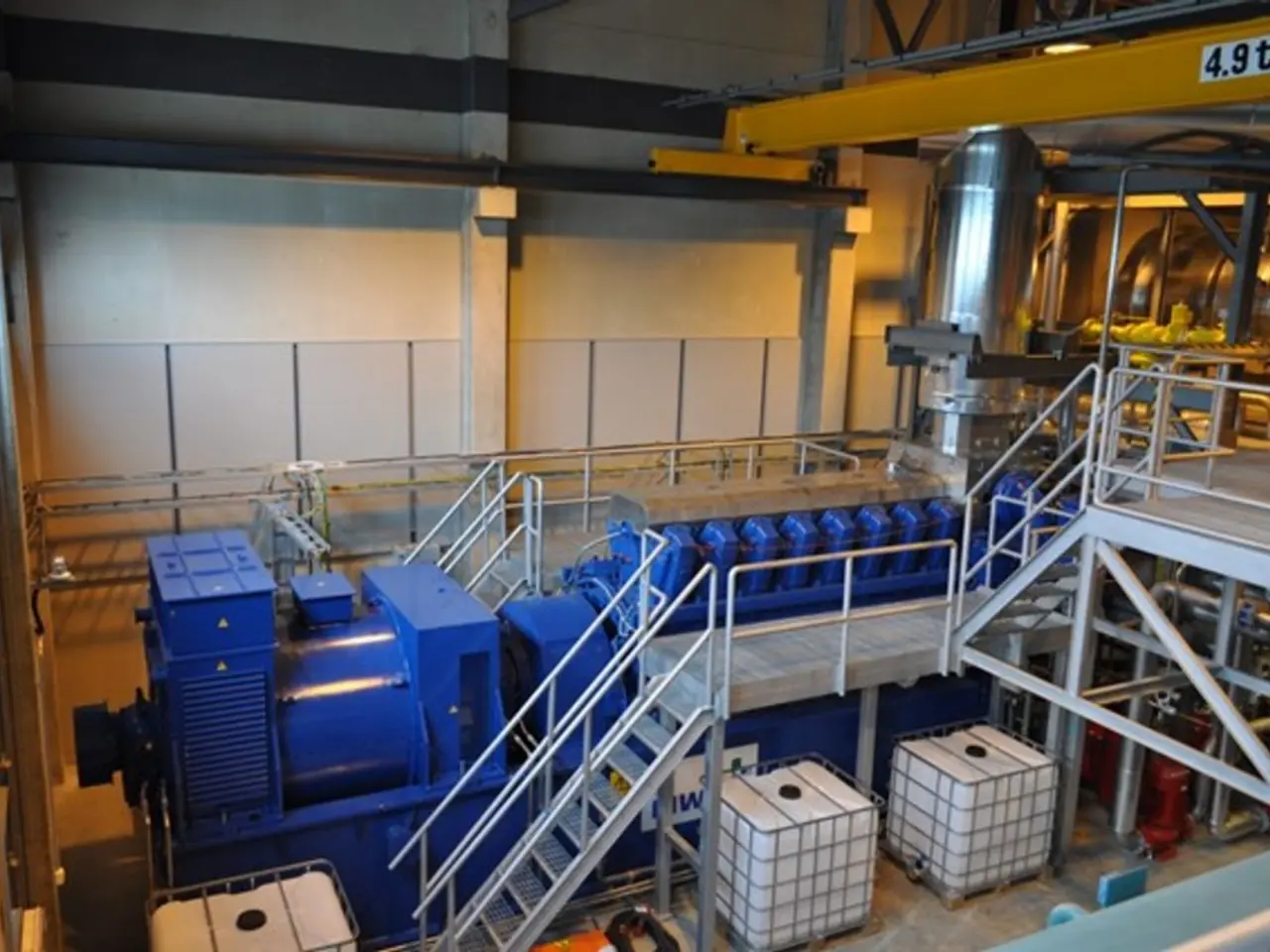Developing Efficient Automation Testing Structures for Enhanced Software Production Outcomes
In the realm of software development, an efficient automation testing framework is a cornerstone for success. By following best practices, teams can create robust, scalable, and maintainable testing solutions that support their development efforts.
First and foremost, the right tools and frameworks should be chosen, considering the type of application being tested—be it web, mobile, or desktop—and aligning them with the team's programming skills and experience. Ease of use and scalability are also important factors to ensure a user-friendly interface and the ability to handle a large number of tests.
A modular and reusable framework is essential for reducing duplication and making maintenance easier when the application changes. By implementing a modular approach, the framework can be made portable and support long-term product lifecycle changes.
Data-driven testing is another best practice, using quality test data to simulate real-world scenarios, including both valid and invalid inputs. This approach helps achieve high test coverage by mimicking various user interactions.
Independent and parallel testing is crucial for improving test reliability and reducing overall runtime. Each test case should run independently, and parallel testing can be used to distribute tests across multiple machines.
Incorporating automated tests into your CI/CD pipeline is essential for speeding up feedback without impacting quality. Run critical tests frequently and use a three-tiered approach—commit, pre-deployment, and overnight regression—for comprehensive coverage.
Monitoring and maintenance are vital aspects of any automation testing framework. Treat test code with the same care as production code, implementing regular reviews and maintenance. Monitor test reliability metrics and establish a dedicated team for test infrastructure if possible.
Feedback loops and reporting tools provide transparent reporting and analytics for instant visibility into test results. Tailor reports to meet the needs of different stakeholders, such as developers, testers, and management.
Version control systems are essential for managing and backing up your test scripts, ensuring history and collaboration. Using systems like Git can help manage changes and ensure seamless integration with development workflows.
Stability and environment control are also critical factors for a successful automation testing framework. Ensuring the environment and application under test are stable prevents false failures, and creating tests resistant to UI changes maintains stability in your test suite.
Automation testing frameworks demand specialized skills that might be lacking in the current team. Finding or training personnel with expertise in specific automation tools can be challenging. However, continuous training for the team is essential to keep pace with evolving tools and practices.
In conclusion, a well-maintained automation testing framework boosts efficiency and scales effectively with business growth. Effective automation testing frameworks consist of essential components like tool selection, test environment setup, and test data management. By following these best practices, teams can create a robust, scalable, and maintainable automation testing framework that supports efficient software development.
- In the realm of startups and business ideas, a well-designed marketing strategy, grounded in a robust automation testing framework, can pave the way for impressive growth.
- By establishing a data-and-cloud-computing infrastructure and integrating data-driven testing techniques, businesses can foster innovation and gamify their marketing approach, enhancing user engagement.
- To sustain growth and keep up with advancements in technology, continuously training personnel in automated testing tools and strategies is crucial, ensuring the team remains equipped to meet evolving challenges.
- Incorporating a modular and reusable automation testing framework into a business’s data-and-cloud-computing setup enables scalability, supporting long-term product lifecycle changes and adaptability to shifting business ideas and marketing strategies.




